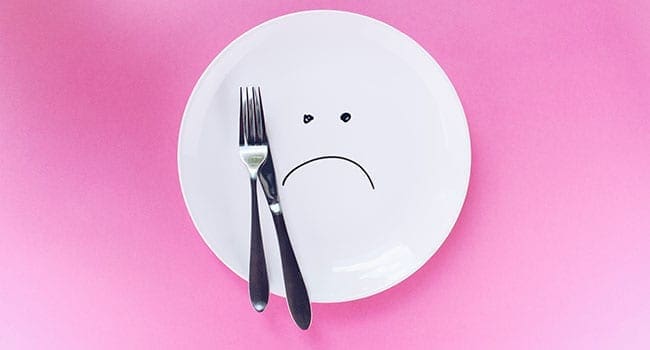 Statistics Canada has confirmed what most of us knew already: Canada is becoming a hungrier place.
Statistics Canada has confirmed what most of us knew already: Canada is becoming a hungrier place.
According to a survey conducted by the federal agency in May, almost one in seven (14.6 per cent) Canadians indicated they lived in a household where there was food insecurity in the past month.
In 2017-18, a similar survey showed 10.5 per cent of households in Canada felt food insecure.
There are about 12.5 million households in Canada. This means more than 512,000 more households in Canada are experiencing food insecurity compared to just two years ago. That’s more than the number of households in the city of Ottawa.
StatsCan results were consistent with a survey conducted by the Agri-Food Analytics Lab at Dalhousie University at about the same time. In it, 61.0 per cent of Canadians surveyed felt they had enough of the food they wanted and didn’t consider access to food an issue. That sentiment was at 72.6 per cent last year, so we’ve seen a drop of more than 11 per cent.
Alberta saw the largest drop between the two periods, at 21.2 per cent.
That means an additional 4.1 million Canadians now see access to affordable food for survival as a challenge over a year ago. That’s massive. And the situation may well be worse by the time the COVID-19 pandemic is over.
Surveys are likely to continue to point to a changing Canadian food security landscape. The fall should give us a better picture of the number of Canadian households that will feel food insecure.
The growing food insecurity is largely because many Canadians have lost their jobs and most of us face a future overflowing with uncertainty. More than eight million Canadians applied for the Canada Emergency Response Benefit (CERB), but the program will eventually end. More than $52 billion has been paid out to Canadians so far. That’s equivalent to a third of the province of Ontario’s entire annual budget.
Rising food prices will likely make matters worse. The food inflation rate is at 3.4 per cent and could reach 4.0 per cent by year’s end. Typical food inflation is anywhere from 1.5 to 2.5 per cent.
Costs to produce, process and distribute food are all increasing. Physical distancing, personnel turnover, training, additional shifts, the use of personal protective gear, equipment modifications and an increase in automation all contribute to higher costs. To get food to market, companies across the supply chain need to charge more.
Grocers may be reluctant to pass on these extra costs to consumers but eventually they won’t have much choice.
The broader backdrop shows deflationary pressures affecting many other aspects of our economy. Many things are getting cheaper. StatsCan notes that our general inflation rate is at -0.4 per cent, a drop of -0.2 per cent from the month before. Clothes, footwear, education and transportation are among the components of the consumer price index that are dropping.
Some say that since consumers are spending less on other things, they will have more money for food.
But that’s not the reality.
Grocers have occasionally had to deal with food prices rising much faster than the general inflation rate but nothing like this. COVID-19 has created an unprecedented simultaneous supply and demand shock.
With lower prices for general consumer goods, expectations will shift, leading to more frugality in the marketplace. Current conditions show there’s less cash in the market.
Grocers, other food retailers and restaurants will have to fight for market share while dealing with higher costs. That likely means fewer stores, less stock variety in stores and so on.
Investments are being made in e-commerce by many players – from farmers to processors to grocers – to help make the entire supply chain much more democratic.
The decoupling between the two inflation rates – general goods and food – will make a four per cent food inflation rate feel more like 10 or 12 per cent for the average food consumer. Offsetting the effects of higher-than-usual food inflation in a deflationary environment will be a significant challenge for grocers.
However, some analysts predict that the general deflationary phase is only momentary, and prices should get back into their inflationary groove within months. As people return to work, there will be more money in the economy, and hopefully we see an inflation rate we can all afford. It’s the only way to make Canada feel less food insecure.
Let’s just hope these analysts are right.
Dr. Sylvain Charlebois is senior director of the agri-food analytics lab and a professor in food distribution and policy at Dalhousie University.
Sylvain is a Troy Media Thought Leader. Why aren’t you?
The views, opinions and positions expressed by columnists and contributors are the author’s alone. They do not inherently or expressly reflect the views, opinions and/or positions of our publication.

